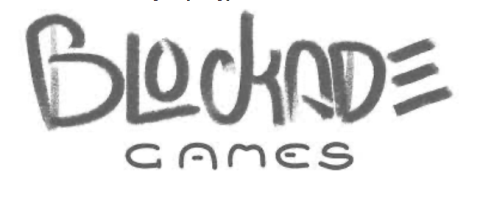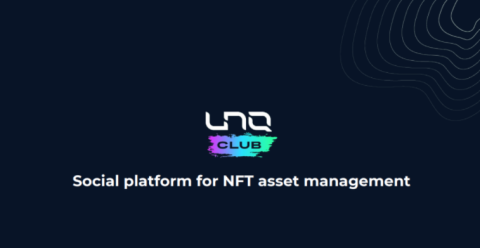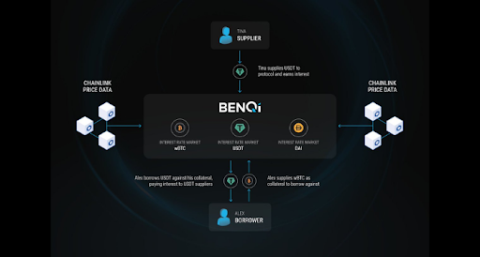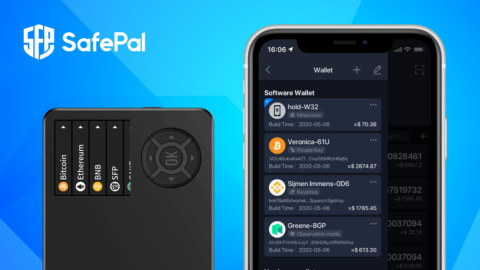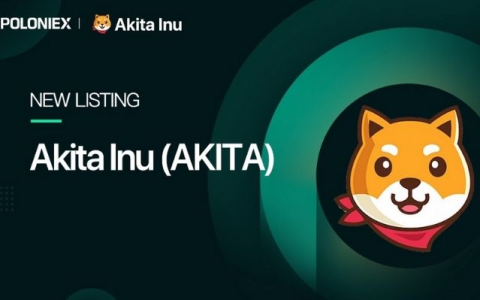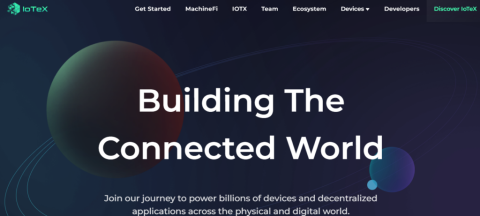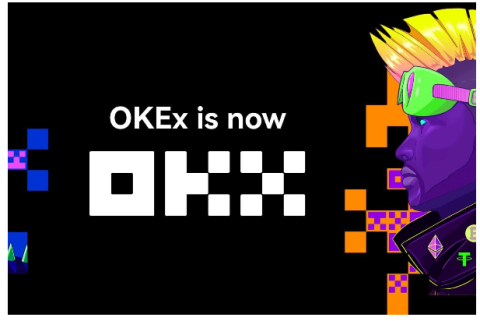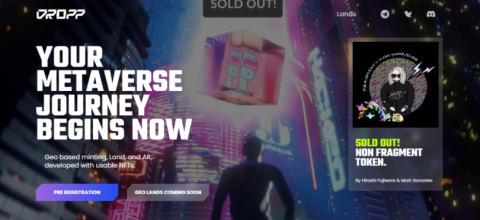What is thena? Discover the outstanding features of Thena and THE . token

Ngoài PancakeSwap, hệ sinh thái BNB Chain còn có một AMM khác có TVL đạt 150 triệu USD chỉ sau hai tháng ra mắt, dự án này được gọi là Thena.
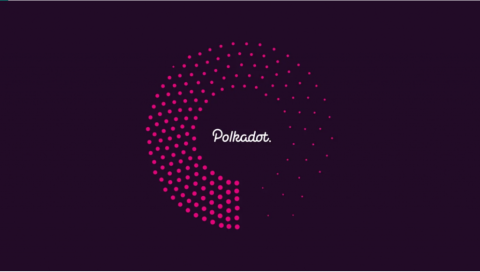
First conceived in 2016, Polkadot's complex multi-chain model allows independent, specialized blockchains with different uses to work together in a secure and unified manner.
Parachain is a new generation layer 1 blockchain that brings the “multi” element to multi-chain, shaping the backbone of the Polkadot network and creating a free consortium of sovereign chains. Meanwhile, Polkadot uses the layer 0 protocol as the foundation and supports these layer 1 parachains. Polkadot's cross-chain interoperability allows any type of data or content to be sent between parachains. From there, create a new model for services, communities and economies in the chain. This multi-chain architecture allows Polkadot to form a new decentralized Internet platform, which Polkadot founder Dr. Gavin Wood calls Web 3.0.
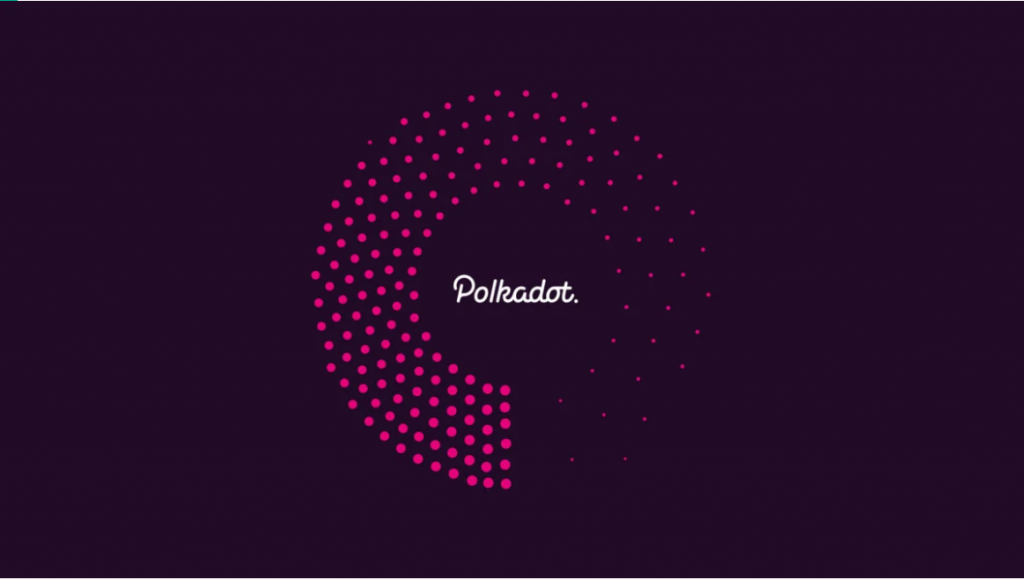
The parachain model brings scalability to blockchain technology in a more decentralized and trusted way than relying solely on layer 2 scaling solutions. Transactions are spread across the network, taking place parallel or concurrent on several blockchains secured by a decentralized pool of validators.
Over 130 blockchain development teams around the world are currently building and launching their own parachains on Polkadot's growing ecosystem. Much of the reason is because the parachain model gives them distinct advantages over other alternative technologies. In the case of Kusama (Polkadot's canary network - a solution to avoid fake, disruptive test networks on the blockchain), many parachains have been active and have processed millions of transactions since summer 2021.
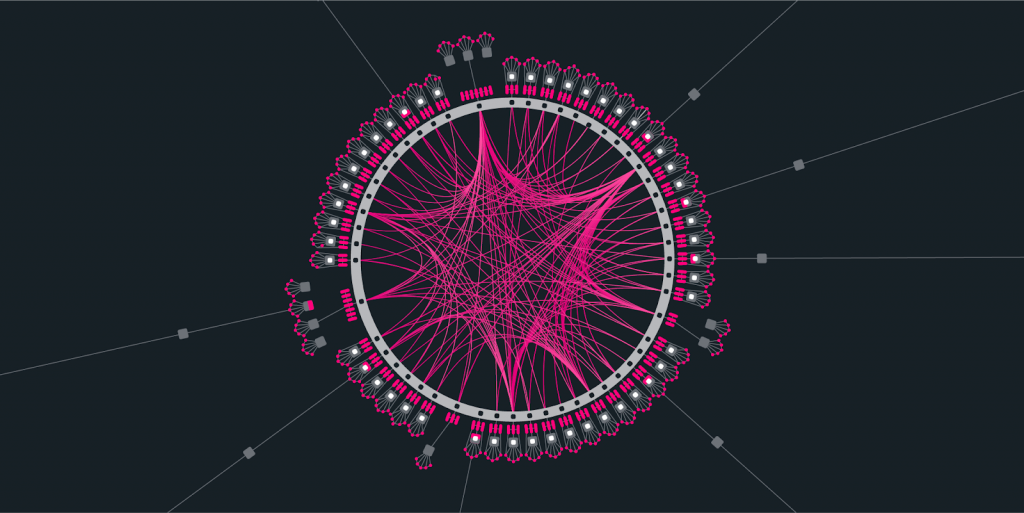
Polkadot's parachain model opens up entirely new possibilities for blockchain technology and the future of Web 3.0. It is difficult to sum up the true value of the parachain model, partly because the benefits that this technology brings are so great.
Here are some key benefits of parachain:
The parachain model was created with the future in mind of Web 3.0, where different types of blockchains will work together. The reason is, there is no single blockchain design that works optimally for all use cases. Each chain has its own trade-off that makes it suitable for only a small number of applications and less compatible with others.
Just as the current version of the Internet is capable of meeting different needs, the blockchain also needs to be able to provide a variety of services: One chain can be designed for gaming, another for management. identity management, another chain specializing in finance… Polkadot creates the Internet platform for blockchains, which connects the above diverse chains together.
Parachain can specialize almost any blockchain use case. Besides, Parachain is also considered as a tool for testing completely new use cases, especially on Kusama. Thanks to this specialization, parachains can work together more efficiently than any single chain working individually. From there, create a rich ecosystem where new decentralized economies can flourish.
When building chains, Polkadot provides maximum flexibility for parachain developers. The only technical requirement to become a parachain is to be able to prove to Polkadot's validators that every block of that parachain conforms to the protocol. Furthermore, there is no limit to designing a perfect sequence that will satisfy any given use case or set of use cases.
Building a parachain also gives blockchain developers much more flexibility than if they were building on a smart contract platform. When building on the smart contract layer, developers are bound by the design decisions of the blockchain platform. This would not be the optimal solution in their use case. Polkadot allows developers to dive into the logic of the layer 1 parachain itself, opening up even more possibilities.
The flexibility of the parachain model opens up the greatest permutations possible with blockchain technology. This drives innovation in Web 3.0 and overcomes the limitations and potential dangers faced by previous blockchain networks.
An important aspect of the parachain model is that blockchains of different designs have the ability to exchange information with each other. Polkadot's interoperability, also known as cross-chain composability, makes blockchains no longer isolated "islands" separated from each other. Parachain ends the era of segregated blockchains, creating a decentralized, connected blockchain network where previously there were only isolated networks with their own communities.
Most importantly, Polkadot allows sending not just tokens but any type of data between parachains, opening up a whole new range of blockchain use cases. Polkadot developers can leverage the features of multiple blockchains to build services, instead of being limited to the functionality of a single chain.
The real impact of interoperability can be clearly seen when we consider the impact of free trade on economies compared to isolationism. Each individual blockchain is like an independent country with its own community and economy. When viewed from this perspective, the parachain model represents a strong system for global free trade, ending the Balkanization and isolationism that are inhibiting economic development and limiting the influence of the global economy. of each individual chain.
With the parachain model, Polkadot achieves scalability at layer 1, decentralization and efficiency than relying solely on layer 2. However, parachain can also incorporate layer 2 solutions, increasing scalability. expand further. Polkadot allows transactions to be spread out and processed in parallel on an ecosystem of specialized layer 1 blockchains, dramatically improving throughput and scalability on non-sharded networks.
In addition, several upcoming optimizations will allow Polkadot to further improve scalability and transaction throughput in the future, while maintaining decentralization, security, and data availability. . In addition, while other networks will probably favor TPS (transactions per second) and also its cost, Polkadot does not do the same because sacrificing decentralization for throughput would be destructive. the core purpose of Web 3.0.
Polkadot-connected parachains can access as much computing power as they want without extra fees or gas fees. Polkadot's flexibility makes it possible for parachain teams and Dapp developers to implement any fee structure they want with their users.
Best of all, parachain users are not required to own DOT tokens (Polkadot tokens) to interact with apps and services. They don't even need to know that they are interacting with a blockchain. Accordingly, the parachain model allows blockchain technology to overcome most barriers in terms of both usability and adoption with legacy networks. Instead of forcing users to own a special token to pay a fee every time they want to interact with an app on their phone, freeing users from platform fees will help drive mass adoption drastically. Web 3.0.
Typically, new blockchains need to initiate security by building a network of validators or miners. This is an extremely difficult and time consuming process. As a result, many blockchains are insecure and vulnerable to attacks.
Parachain is fully and automatically secured when connected to Polkadot. This built-in security feature, also known as shared security, provides new blockchain teams with bank-level security with minimal effort. It also greatly reduces the time it takes to launch a new network.
We live in a world of constant innovation, where technology is increasingly advanced. Like all software, blockchain needs periodic updates to add new features, fix bugs, and incorporate more advanced technologies. But upgrading blockchains is a laborious process, often involving forking or splitting the chain. This slows innovation and sometimes divides communities.
Polkadot and the platform's parachains can take advantage of an easier upgrade without a fork. That means the parachains can easily be upgraded based on the wishes of the community and can be ready for whatever happens in the future. With the parachain model, blockchains can grow better and adapt to changing conditions. This is even more relevant in the future as new technologies emerge.
Parachains on Polkadot are free to adopt any governance model that suits them, as well as have access to a number of pre-built modules for implementing different on-chain governance systems. Access to complex on-chain governance mechanisms allows teams to greatly reduce the likelihood of hard forks in the chain, which risk splitting their communities.
On-chain governance also provides a means of transparency and accountability for parachain communities. This is a prerequisite before getting into blockchain technology for many organizations and companies as they frequently need to review decision-making processes. When combined with Polkadot's fork-free upgrades, a robust governance system allows parachains to maintain their lead. It also fosters cohesion in their communities and ensures all stakeholders have a say in the future of the network.
Parachains can also leverage on-chain funds to create a financial institution. This department operates autonomously and will fund activities based on the wishes of the community. Along with on-chain governance, the fund allows parachain communities to easily operate in the form of a DAO (decentralized autonomous organization) .
This opens the door to new decentralized funding models, from funding projects that benefit the network to decentralized philanthropy, decentralized sovereign wealth funds and even both cross-chain mergers and acquisitions. Thus, on a financial basis, the parachain model gives blockchains the ability to act in real life, which was previously only available to centralized institutions and corporations.
Ultimately, the benefits above will be limited if parachain development is extremely difficult. Fortunately, parachain development teams benefit from a wide range of development tools that make building a blockchain easier than ever.
Substrate (a blockchain development framework built by Parity Technologies) is the main parachain SDK tool on Polkadot, helping teams significantly reduce the time and complexity of building parachains. With Substrate, developers can leverage pre-made modules for common blockchain components (which can be mixed and matched like blockchain building blocks) to create the most suitable custom parachain. with their use cases.
With parachain, what used to take years of hard work by large teams of experts, can now be done in a few months with the resources of an early stage startup. the beginning.
As Polkadot gives parachain teams the ultimate flexibility to design the network that best suits their vision, parachains can take on a multitude of different forms, including:
The parachains connect to Polkadot by leasing an open position on the Relay Chain through an auction, which involves locking the DOT token for the duration of the lease. DOT token holders can help their favorite parachains win an auction, in return they can profit, by contributing to the crowdloan and temporarily locking their DOT tokens on parachain bonds .
Auctions and crowdloans raise the bar for blockchain projects, encouraging them to demonstrate their technology and gain community support before launch. This reduces the likelihood of so-called vaporware projects (funded projects without the intent or technical ability to implement the project). Crowds also represent a fairer, more community-driven way to launch native tokens in a decentralized way.
Parachains are connected to Polkadot by renting a parachain location that can access as much computing power as they want with no extra fees or gas fees. Since the entire amount of DOT tokens (which a team backs for a parachain position) is only unlocked at the end of the rental period. Since there is no access to the locked DOT token during the rental period, the cost of launching a parachain is considered an opportunity cost.
Teams that choose to fund their position through crowdloan may choose to reward their contributors in any way they see fit, equivalent to an additional cost. Other minor costs include the cost of running reconciliation nodes on each parachain.
For applications with a lot of users and traffic, it is estimated to be more economical to operate on Polkadot as a parachain than to operate as a separate blockchain or build on a smart contract platform. .
The parachain model takes blockchain technology to the next generation of innovation and adoption, greatly expanding the technology's capabilities and impact. In short, for Web 3.0 to succeed, we need thriving ecosystems, platforms, and applications that work on collaboration, free trade, and open exchange rather than isolationism. By enabling a rich ecosystem of specialized blockchains to work together based on their own strengths and expertise in their fields, the parachain model creates the perfect conditions for thriving economies. Web 3.0 - decentralized and constantly evolving.
You may be interested: Detailed Polkadot Staking Instructions at TraderH4
Ngoài PancakeSwap, hệ sinh thái BNB Chain còn có một AMM khác có TVL đạt 150 triệu USD chỉ sau hai tháng ra mắt, dự án này được gọi là Thena.
Blockade Games provides a platform that allows developers to create blockchain games. In addition, Blockade Games also creates many interesting free games.
UNQ Club is a project that provides a blockchain platform that allows investors to collect and manage existing NFT assets.
BENQI is one of the important pieces of the Avalanche ecosystem. Join TraderH4 to find out what BENQI (QI) is as well as detailed information about the QI token.
In addition to a cryptocurrency storage wallet, SafePal is also known to many investors for its SFP tokens and airdrop events with attractive rewards.
The fever from Akita Inu in the Crypto market in the past time has created a great buzz along with the rapid development of the "dog house token".
What is IoTeX? This is a blockchain built and developed in conjunction with the Internet of Things (IoT). Join TraderH4 to learn this article.
What is OKB? OKB is an exchange coin of OKX and the OKX Chain blockchain. Let's learn about OKX and OKB exchanges with TraderH4 in this article.
DROPP GG brings an innovative and novel idea to provide an NFT mint platform based on geographies outside of the real world.
CronaSwap is a DEX built on Cronos Chain, which has a similar model to Uniswap.
